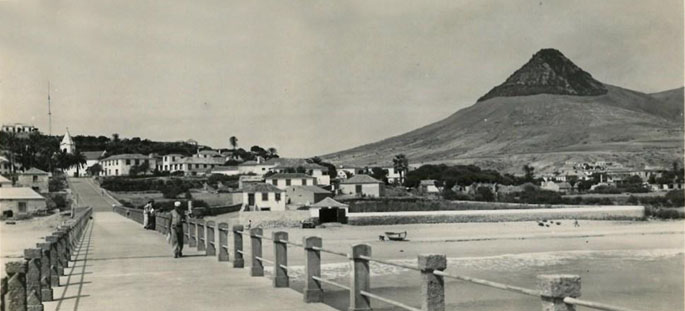BUY
10 results found for "navio"
Porto Santo in History
The island of Porto Santo, belonging to the Archipelago of Madeira, is situated 71 km from the island of Madeira. The golden island, as it is also known, has an area of 11km long and 6km wide.
Discovered in 1418 by João Gonçalves Zarco, Tristão Vaz Teixeira and Bartolomeu Perestrelo, the story goes that its name was given for having served as a safe haven for a major storm. The vast yellowish and fine sands, with their therapeutic properties, are combined with a very calm blue sea, with a unique temperature (18ºC/22ºC). The climate is stable and dry, with little variation in temperatures between seasons, which makes it very pleasant to beach all year round. Besides the magnificent and relaxing beach of 9km, you can enjoy various water sports, go horse riding, play golf, take walks along the paths observing the arid landscapes of the island and enjoying the climate and true hospitality of the people of Porto-Santense.
Porto Santo is the second largest island in the archipelago of Madeira, with about 40.53 km2.
Data from PORDATA / INE point to a resident population of 5,173 people, representing 2% of the Madeiran population, with this figure tripling in the summer months, with higher incidence in the month of August.
The history of Porto Santo is inseparable from the history of the maritime Discoveries and the Atlantic trade routes. It is a given that the archipelago was known, since the Low Middle Ages, because it was already marked in the Atlas Medici (1351). However, the island of Porto Santo has as its official date of discovery, the year 1418, by Gonçalves Zarco and Tristão Teixeira. Data from PORDATA / INE, point to a resident population of 5,173 people, representing 2% of the Madeiran population, with this number tripling in the summer months, with higher incidence in the month of August.
Those who left for the Canary Islands, in search of slaves or dragon sap, should already know the islands of Madeira and Porto Santo, key points to proceed to watering and supply themselves with fresh goat meat, and there is even greed of several people for these islands. In the face of this greed, Prince D. Henrique anticipates, ordering them to populate, being the first place to be populated by the Portuguese outside the European continent.
In 1446, Bartolomeu Perestrelo was made the first captain of the donee, and was the one who directed, with some success, the settlement of the island. The population of Porto Santo lived troubled times, mainly due to the dryness of the territory and isolation. The aridity caused, several times, a shortage of food, especially grain, which was very necessary at the time, which cyclically caused hunger and misery. Likewise, the isolation of the island allowed it to be constantly attacked by pirates and privateers, and various devastating attacks have been documented.
In 1713, the continuity of the island's inhabitants was even called into question. However, its strategic location made the continuation of sovereignty prevail.

